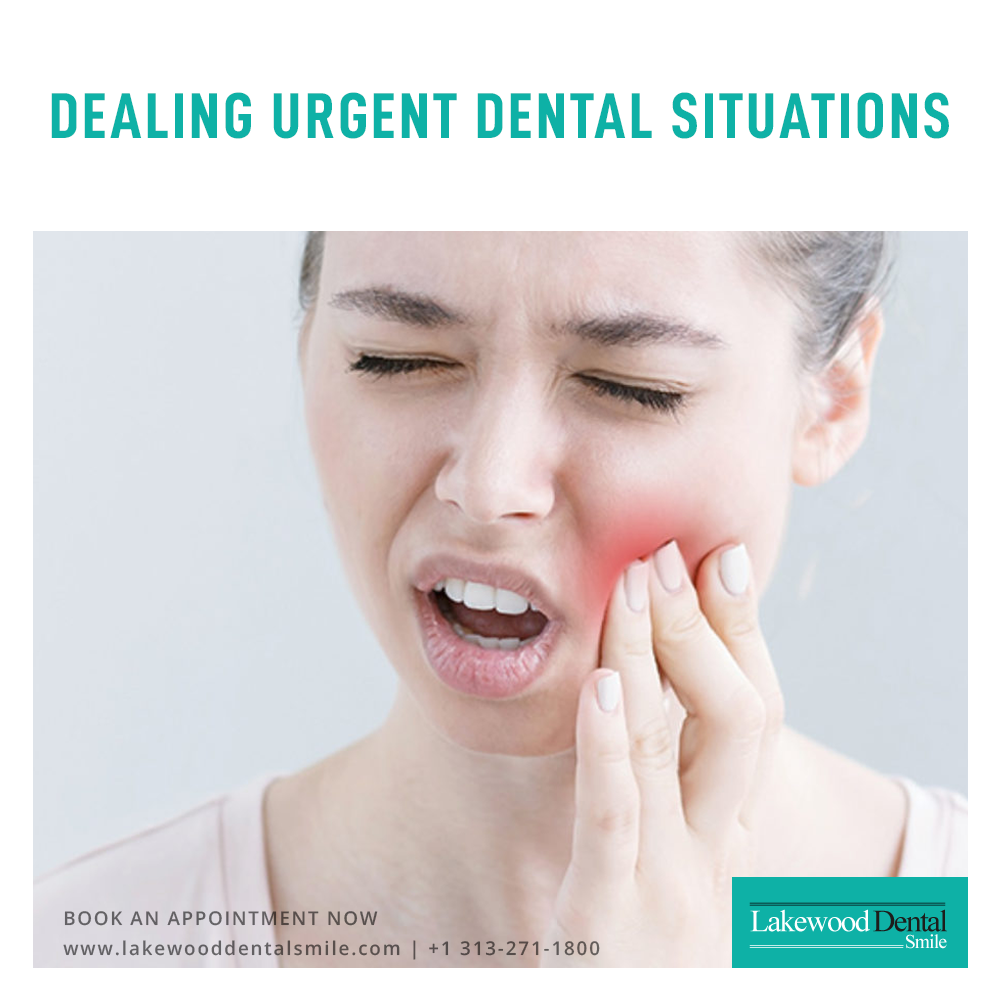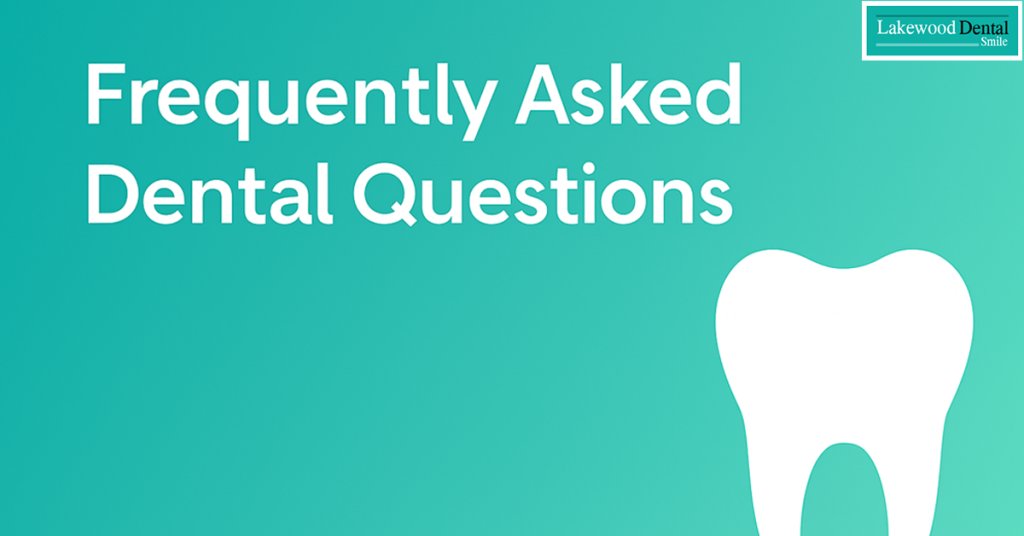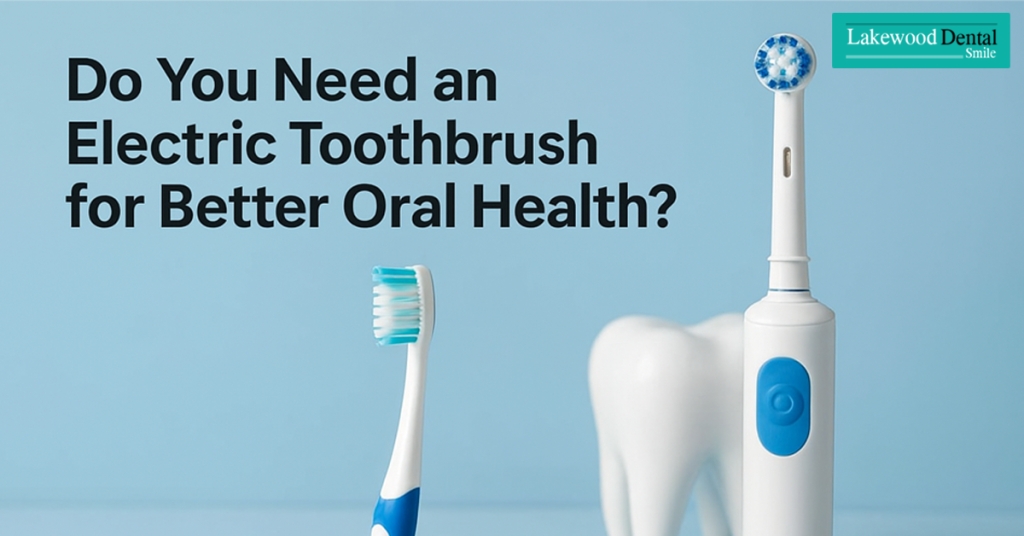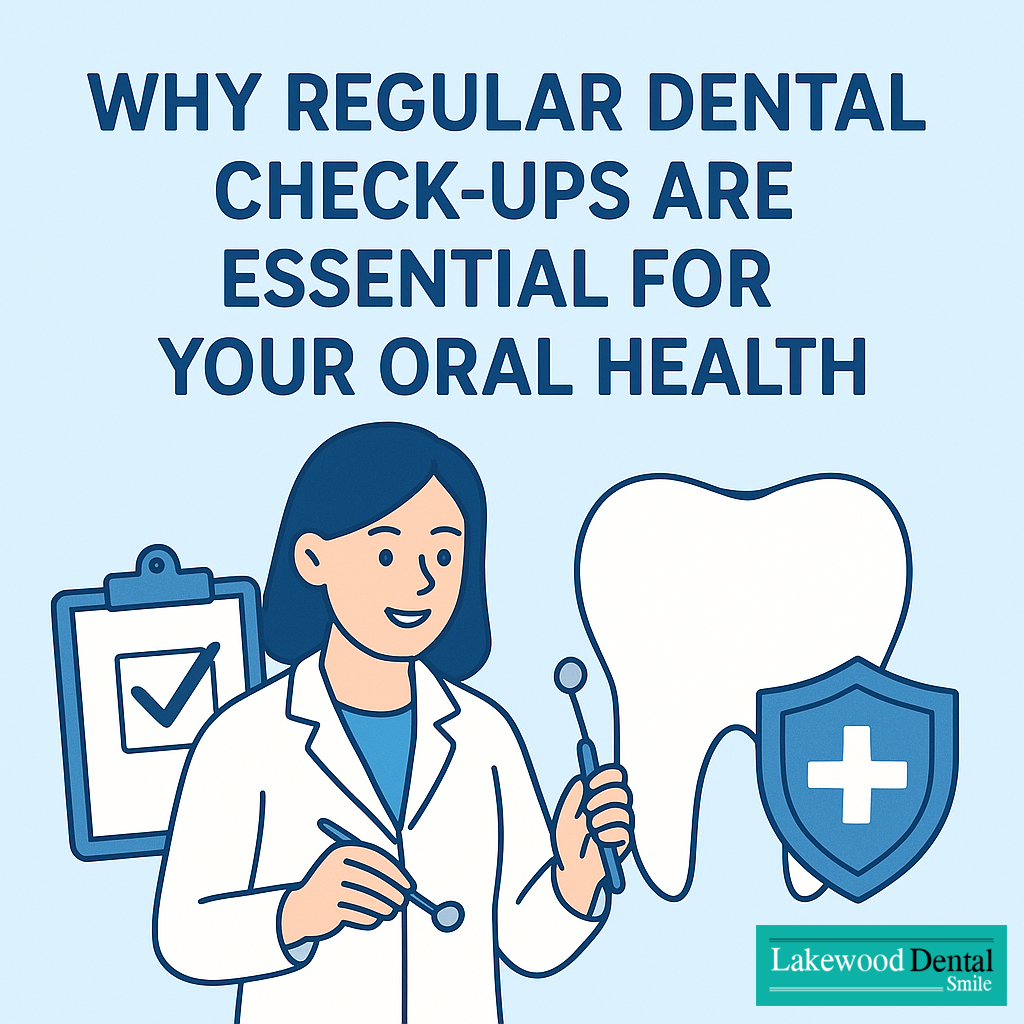Dental emergency care is something every parent should be familiar with. Children can easily fall, bump their mouths, or injure a tooth while playing, and knowing how to respond quickly can make all the difference. Proper first-aid actions can help you protect your child’s teeth, gums, and jaw before you even reach the dentist. Acting calmly and wisely may save a permanent tooth and prevent long-term oral problems. This guide explains the most common dental emergencies children face and how parents can handle them safely. With clear steps and practical tips, you’ll feel confident managing an unexpected dental situation until professional help is available.

1. What to Do When a Tooth Is Knocked Out
If your child’s permanent tooth gets knocked out, stay calm and act fast. Pick up the tooth by the crown — never touch the root — and gently rinse it with clean water if dirty. Try to reinsert it carefully into the socket if possible or store it in a small cup of milk or a tooth-preservation solution. Avoid wrapping the tooth in tissue or cloth. Seek dental emergency care immediately, ideally within 30 minutes, for the best chance of saving the tooth. Quick action can mean the difference between preserving a natural tooth and needing a replacement.
2. Handling a Cracked or Chipped Tooth
A cracked or chipped tooth can cause pain or sensitivity. Rinse your child’s mouth with clean, lukewarm water to wash away debris. Apply a cold compress on the outside of the cheek to reduce swelling and discomfort. Avoid giving extremely hot or cold foods until your dentist assesses the tooth. Even a small crack can expose nerves and lead to infection, so prompt treatment is essential. Your dentist may smooth minor chips, but deeper cracks may require bonding or crowns. Visit your clinic for evaluation as soon as possible to prevent further damage or decay.
3. When the Jaw Is Hurt
Jaw injuries can vary in severity. If your child experiences jaw pain after a fall, first check for difficulty opening or closing the mouth. Apply a cold compress to reduce swelling and offer over-the-counter pain relief if approved by your dentist. If the jaw appears misaligned or your child cannot move it comfortably, head straight to an emergency dentist or hospital. Fractured jaws sometimes require stabilization or minor surgery. Timely dental emergency care ensures that the injury heals properly and prevents long-term issues with bite alignment and facial growth.
4. Removing Objects Stuck Between Teeth
When a food particle or small object becomes trapped between your child’s teeth, remain patient. Use gentle dental floss to dislodge it — never use pins, toothpicks, or other sharp items. Have your child rinse with warm saltwater to cleanse the area and soothe irritation. If flossing doesn’t remove the particle, don’t force it; forcing may injure the gums or enamel. Visit your dentist promptly for safe removal. Persistent discomfort or bleeding could indicate the object has caused minor gum trauma, which professional dental emergency care can treat quickly and painlessly.
5. Common Minor Injuries: Lips and Tongue Bites
Kids often bite their lips or tongue during play or after dental anesthesia. Clean the area gently with water and apply a cold compress to control swelling. If bleeding continues after 10 minutes of pressure, consult your dentist. Avoid spicy or acidic foods until healing begins. Keeping the wound clean prevents infection and encourages fast recovery. Parents should also reassure the child, as mouth injuries can look worse than they are. In most cases, these heal within a few days with basic home care and patience.
6. Preventing Dental Emergencies
Prevention is the best protection. Encourage your child to wear a mouthguard or helmet when participating in sports or physical activities. Discourage running with objects like pencils, straws, or toothbrushes in the mouth. Teach them to avoid pushing or rough play near stairs or hard surfaces. Schedule dental check-ups every six months to monitor tooth strength and gum health. During visits, your dentist can identify weak enamel, cavities, or bite issues that may increase injury risk. Practicing these habits helps reduce accidents and prepares your family to respond confidently if an emergency ever arises.
7. When to Visit the Dentist Immediately
Always seek professional help if pain, swelling, or bleeding worsens instead of improving. Severe toothaches, high fever, or swelling that spreads to the face are signs that urgent attention is needed. Early treatment can prevent infections from reaching deeper tissues or the jawbone. For any uncertainty, it’s safer to call your dentist and describe the symptoms. You can also learn more about quick response steps at our emergency dental care page for additional guidance and same-day appointment options.
Conclusion
Learning how to provide dental emergency care helps parents respond calmly and effectively when accidents happen. Simple actions like storing a knocked-out tooth in milk or applying cold compresses can protect your child’s smile. At Lakewood Dental Smile, our compassionate dental team is ready to assist with urgent needs, from injuries to pain relief. By combining smart home care with timely professional treatment, you can ensure your child’s teeth stay healthy and strong — even after life’s little surprises.





